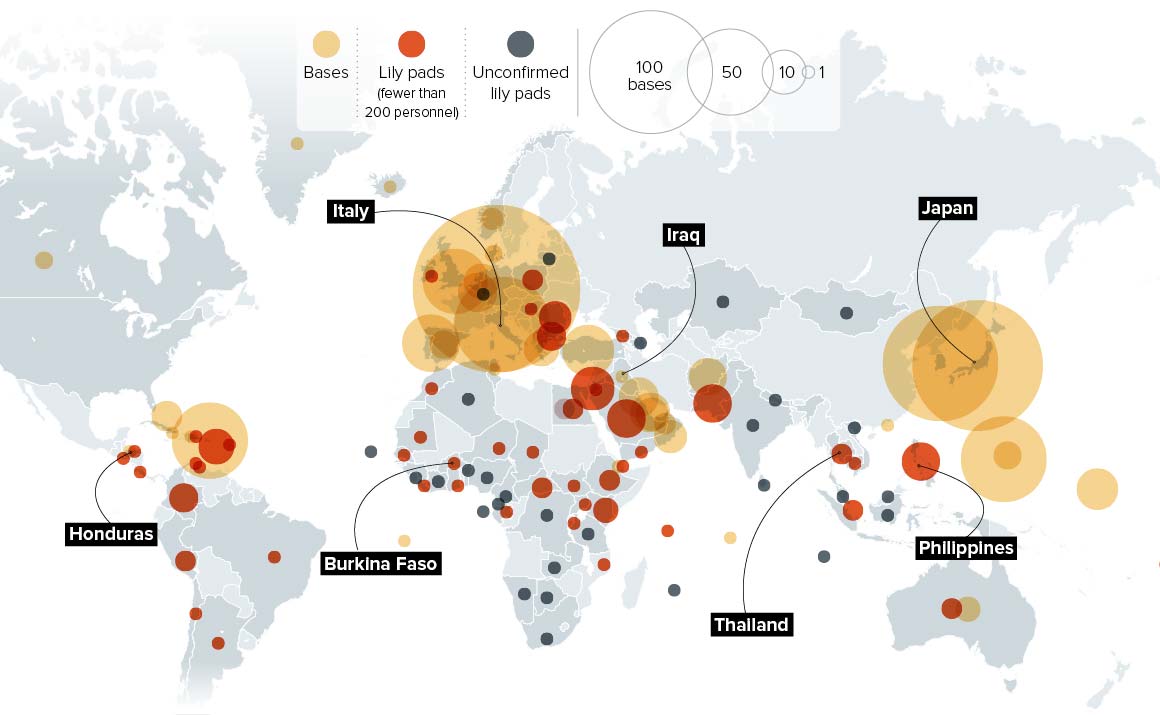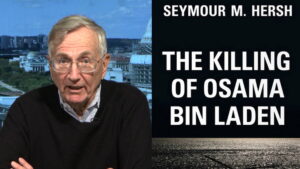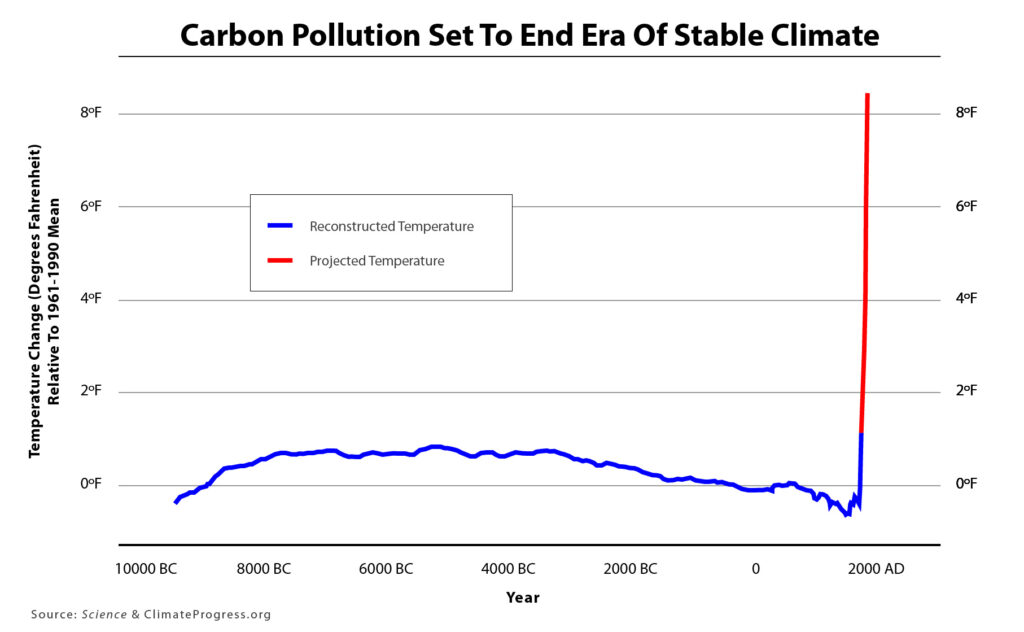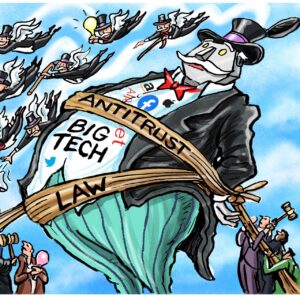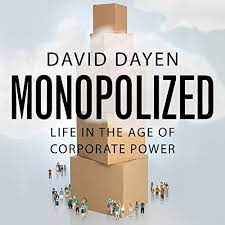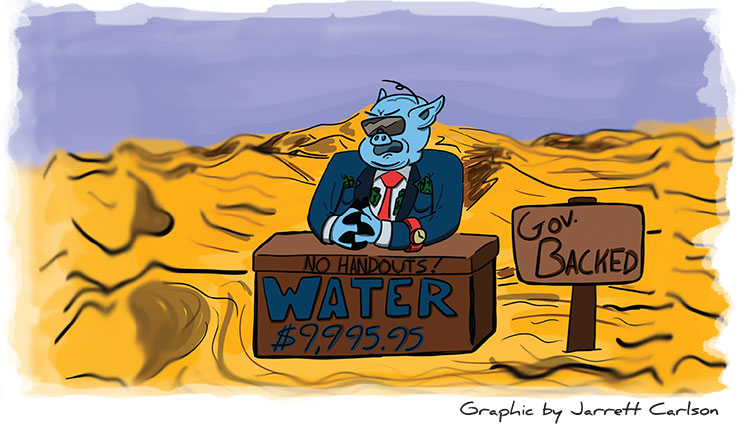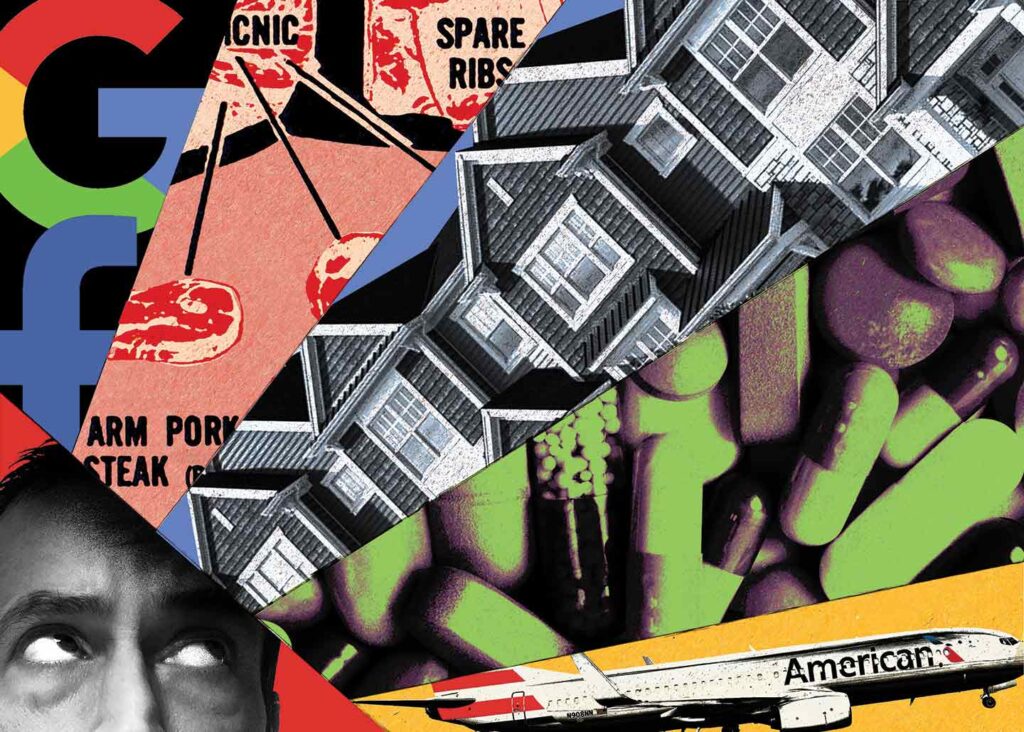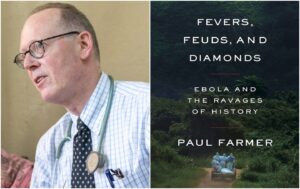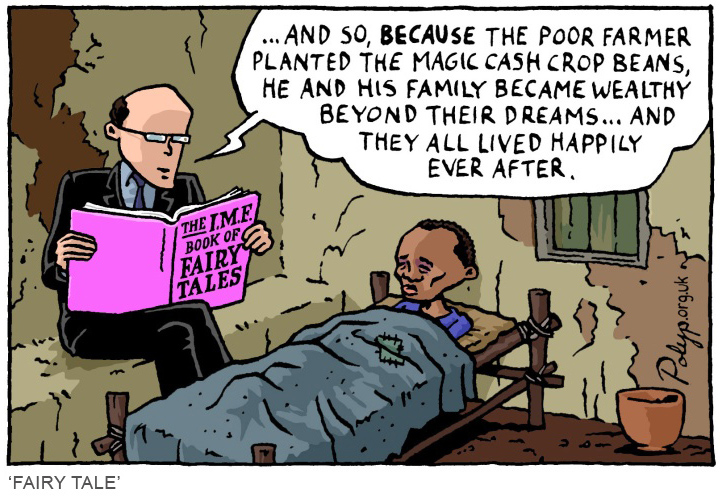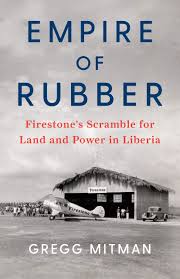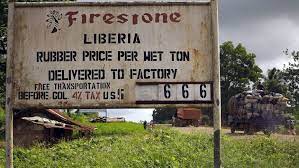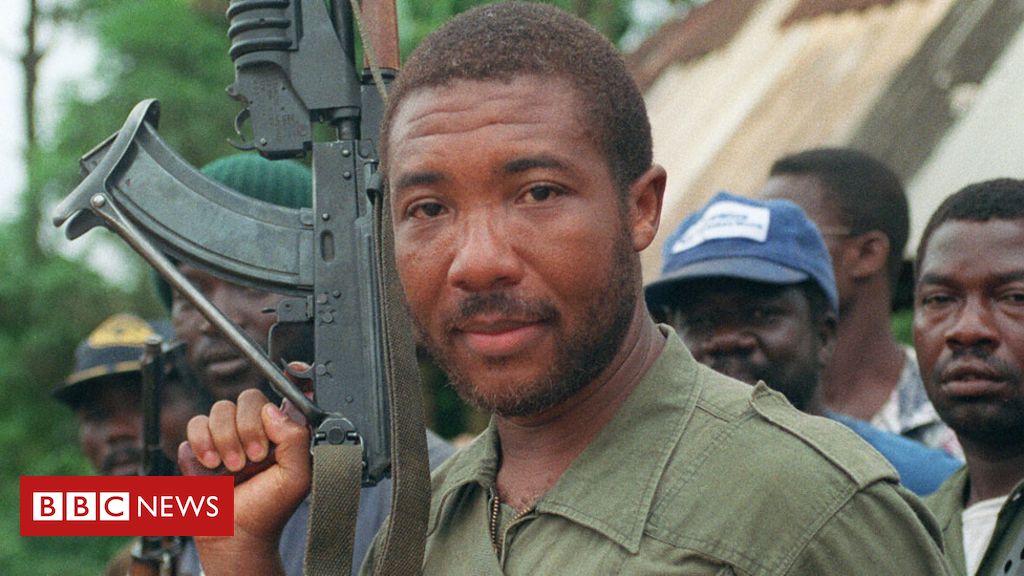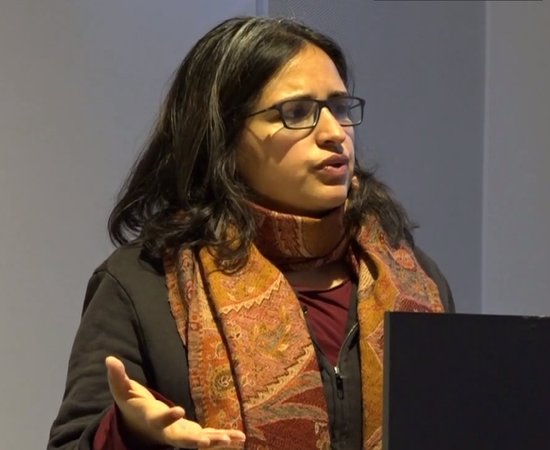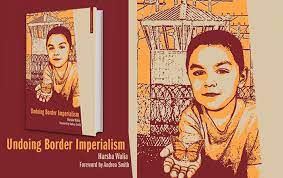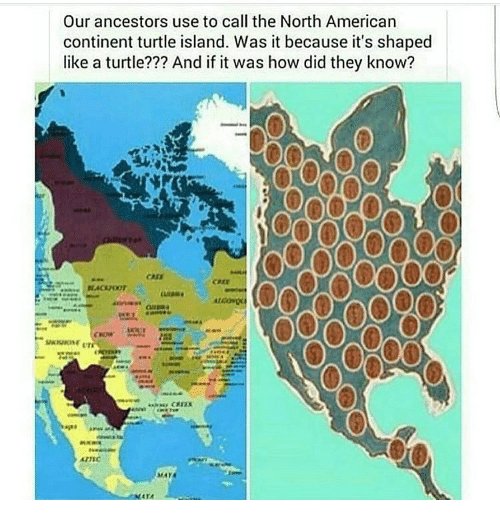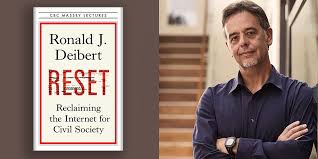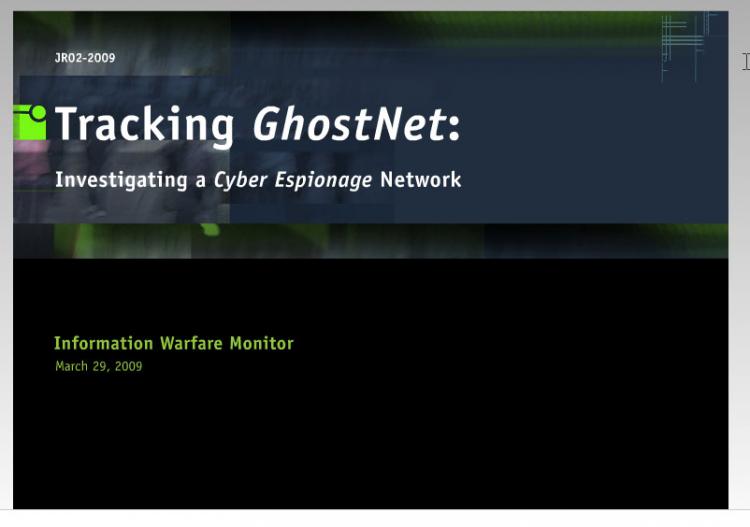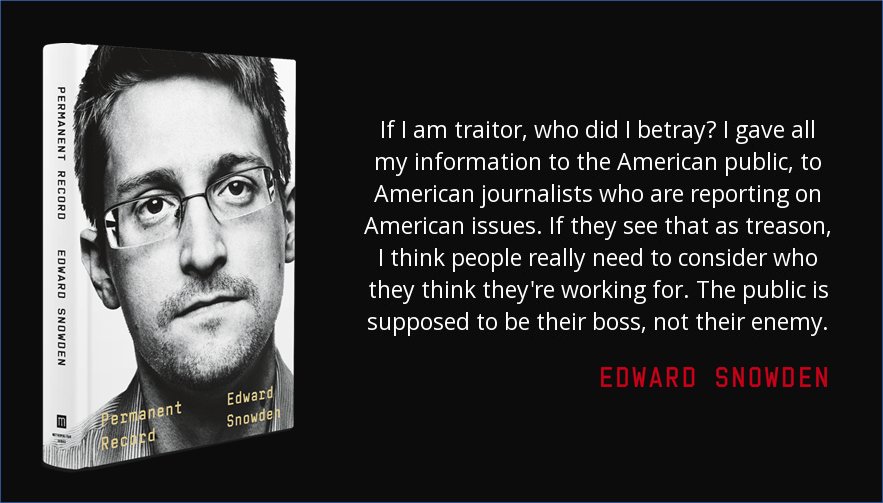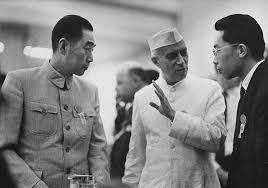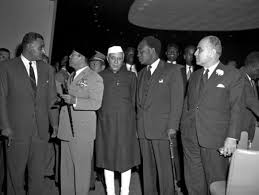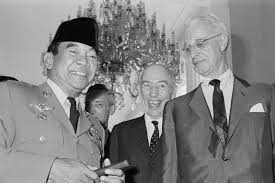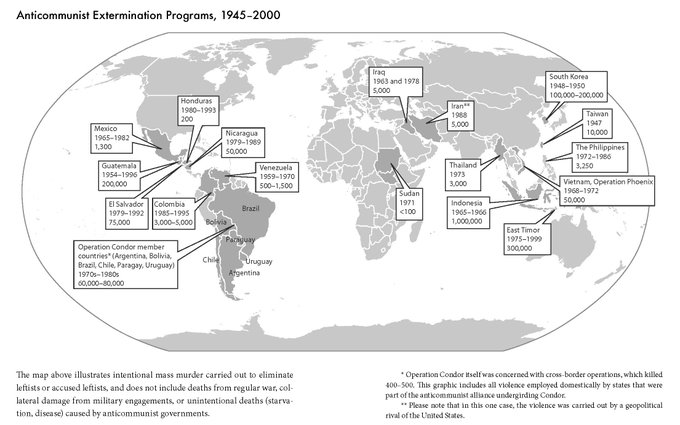From Here to Equality, Reparations for Black Americans in the Twenty-First Century, William A Darity jr & Kristen Mullen, 2020
<> <> <> <> <> <> 
This important, well researched, and very readable book makes the case for reparations due to African Americans after more than 400 years of racially discriminatory, officially sanctioned policies in America. It is a history with an emphasis on turns not taken or taken wrongly and the impacts of these actions on the inequality of African American wealth and income. Much of their case for reparations rests on undeniable facts and statistics. And ultimately this is a story of unstoppable and unaccountable capitalism in search of cheap (or free) labor.
From 1619 to the 1660s, the majority of blacks in the colonies were contract servants not slaves. They could accumulate land, vote, testify in court, and mingle with whites as relative equals.
Black people overwhelmingly were the objects of enslavement. While there was an extended period of white immigrant indentured servitude during the colonial period, their numbers were dwarfed by coerced immigrants from the African continent. Even at the height of importation of white indentures, while 216,000 whites came to British North America as bonded laborers, 300,000 Africans were forcibly imported to the colonies. By the time of the Declaration of Independence in 1776, the practice of white indentureship was in sharp decline. On the other hand, in 1790 there were close to 700,000 enslaved blacks in the United States, a number that grew to 4 million by the start of the Civil War.
For a very brief period during the colonial era, black and while laborers were treated equally and their wages and their punishments for comparable offenses were undifferentiated. County court records from the period reveal that some slaves owned personal property and were allowed to contract for their services; others were able to procure freedom for themselves and their families. In England throughout the sixteenth century, the status of “slave” was not a life sentence…nor was it determined by phenotype. But as the demand for manpower grew in the colonies, so too, did the legal strictures on enslaved people, transforming them comprehensively into human chattel devoid of individual rights…In addition to solving the colonial labor shortage problems, enslavement of Africans enabled European mercantilists policymakers–and British mercantilists in particular–to maintain a regime of low wages in the home economy. The exportation of too large a fraction of the domestic labor force would put upward pressure on the cost of hiring labor at home.
Black phenotype also made it easier to recognize and capture slaves if they escaped. White indentured laborers couldn’t be so easily identified.
A British High Court decision in 1772 de facto ended the practice of slavery in England proper. A major motivator in the American independence movement was fear that Slavery would end throughout the British dominion. Slave owner Thomas Jefferson could decry the slave trade, call for independence from England, and uphold slavery, all without irony.
The Declaration of Independence could have been a document of universal rights. To the extent that black people are construed as fully human, championing liberty and freedom for some…while condemning blacks to eternal servitude is problematic. Republicanism affirmed the ascendancy of the colonial aristocracy while maintaining a fine line of control over the masses of poor whites, providing opportunity for some of them to obtain land and own slaves while assuring even the most impoverished whites that they could exercise dominance over blacks.
At least a third of the signers of the Declaration of Independence owned slaves. The Constitution of 1787 specified that the slave trade would end in 1808, though illegal slave trade continued. Elsewhere in the Americas, as independent nations came into existence, outlawing the slave trade and outlawing slavery went hand in hand. The Constitution required 2/3 of slave populations be counted for congressional apportionment and presidential elections and decreed 2 senators for each state. The Constitution has minority rule embedded within it. The mere existence of slaves as countable bodies allowed the slave states to control elections and enact slave protecting legislation like the Fugitive Slave Act of 1850. They even invented the filibuster which today can block any majority Senate action with only 40 senators.
The American Revolution was fought, in large part, by a colonial elite to preserve their right to human property. The Haitian Revolution (1791-1804) was fought, in large part, by the enslaved to liberate themselves from slavery.
Pease and Pease estimated that between 1830 and 1860 approximately 60,000 blacks left the south and resettled in the north, and an additional 20,000 to 40,000 blacks migrated to Canada. They estimated the number of blacks living in intentional black communities during the forty year period before the Civil War at 3,500 to 5,000 persons.
When Abraham Lincoln came into office, he hoped to end slavery through programs of compensated emancipation where slave owners would be paid compensation for the freeing of their slaves. Most slave owners preferred to hold on to their slave property to such an extent that Southern States seceded from the union, leading to the Civil War. Lincoln does not seem to have given much thought to what would happen to 4 million freed slaves other than the vague idea that they would migrate to Haiti or Liberia. A small number did migrate, but the vast majority wanted to be recognized as full citizens with all the privileges and rights of citizenship. To accomplish this goal they would need education, employment, the vote, and land.
<> <> <> <> <> <> 
White supremacist Andrew Johnson of Tennessee became President on Lincoln’s assassination. He universally pardoned all Confederate participants allowing the southern elites to return to power and to reacquire property seized by the Union during the war. He thwarted all efforts to transfer or sell confiscated lands to blacks. The “seven magic years” of reconstruction saw some black voting rights in Republican controlled states. As southern democrats regained political control black voting rights all but disappeared. The withdrawal of Federal troops from the south left blacks without any protection since whites did everything they could to prevent blacks from arming themselves. Whites burned black schools and intimidated or killed any teachers in these schools. Johnson was impeached in 1868 but was not removed from office. Grant became President in 1869 but his lack of political skill and bad judgement continued the absence of Federal action in the southern states. A South Carolina Representative reported that 53,000 had been killed by white terrorists since the end of the war; 1766 on average each year. The white supremacist south began to rewrite history immediately after the end of the Civil War, coining the term the “Lost Cause” and erecting thousands of monuments to southern political and military “heroes”. They even incorporated the confederate battle flag into their new state flags. Once in power again, southern white Democratic leaders began enacting Black Codes to reestablish black slavery in all but name throughout the south. Whites again controlled most of the land for which they required “Labor”. Labor contracts were far worse than indentured servitude because the laborer could only escape the contract upon death. Blacks could be arrested at will to provide free labor. Union Col. Samuel Russell Thomas testified before Congress:
<> <> <> <> <> <> 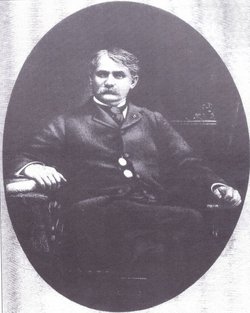
Wherever I go– the street, the shop, the house, or the steamboat–I hear the people talk in such a way as to indicate that they are yet unable to conceive of the Negro as possessing any rights at all. Men who are honorable in their dealings with their white neighbors will cheat a Negro without feeling a single twinge of their honor. To kill a Negro they do not deem murder; to debauch a Negro woman they do not think fornication; to take property away from a Negro they do not consider robbery…they still have an ingrained feeling that the blacks at large belong to the whites at large, and whenever opportunity serves, they treat the colored people just as their profit, caprice or passion may dictate.
Federally owned land was (and still is) huge, with the Louisiana Purchase of 1803 adding 827,00 square miles or 529 million acres. Land confiscated from the Confederacy during the Civil War made additional tracks of land available, approximately 850,000 acres. 40 acres and a mule would have required the Federal government to earmark 40 million acres for 1 million families of former slaves. This never happened. Between 1862 and 1934, the federal government granted 1.6 million homesteads and distributed 270 million acres. Most of the Confederate confiscated land was sold at auction to white, many northern, speculators. These new capitalist absentee landowners, needing farmers, instituted share cropping and “labor contracts” for poor farmers both white and black. A few blacks were able to acquire small blocks of land or houses.
By 1910 blacks had managed to amass 15 million acres with 218,000 owners or farmers. By 1997 black farm ownership had diminished to 2.7 million acres. “The land African Americans lost over the 20th century was taken in some form, and not sold freely.”
The disregard for black lives evidenced by antiblack riots, lynchings, neighborhood devastation, and inferior education in the process that Douglas Blackmon has called “black reenslavement”.
(Jennifer) Mueller provides evidence that the source of This transfer transfers to whites is in publicly provided assets, including 246 million acres of land, an area approximating that of Florida, Alabama, Georgia, South Carolina, North Carolina, and Virginia combined. These occurred under the auspices of the Homestead Acts (1860s-1930s).
Blacks were largely excluded from the the benefits of the Homestead Acts; mere 4,000 to 5,500 African American claimants ever received federal land patents from the Southern Homestead Act enacted in 1866…white Southern Homestead Act claimants numbered around 28,000. Gifts of Southern Homestead and Homestead Act land enriched more that 1.6 million white families–both native born and immigrant. By the year 2000, the number of adult descendants of these original land grant recipients was 46 million people, about a quarter of the U.S. adult population.
At the end of WWII, the GI Bill guaranteed home, business, farm loans, and educational opportunities to returning veterans. Of 3,229 GI Bill related loans made in Mississippi in 1947, only two were offered to black veterans.
The article by Ta-Nehisi Coates in the June 2014 issue of the Atlantic resurrected the national conversation over reparations for black Americans. One of the most impressive aspects of Coate’s article is his insistence that the events and conditions during the antibellum period are far from the only basis for reparations.
This book is devoted heavily to documenting the damages done to blacks post Emancipation. Turning to details of reparations, the authors give a number of alternate ways that damages could be calculated with a number of these studies showing damages on the order of more than $17 trillion.
…since today’s differential in wealth captures the cumulative effects of racism on living black descendants of American slavery, we propose mobilizing national resources to eradicate the racial wealth gap. The magnitude of ongoing shortfalls in wealth for blacks vis-a-vis whites provides the most sensible foundation for the complete monetary portion of the bill for reparations.
To qualify for reparations, the authors suggest two criterion;
First, U. S. citizens would need to establish that they had at least one ancestor who was enslaved in the United States after the formation of the republic. Second, they would have to prove that they self-identified as “black” “Negro”, “Afro-American”, or “African American” at least twelve years before the enactment of the reparations program or the establishment of a congressional or presidential commission “to study and develop reparations for African Americans”.
How do you change the minds of millions of white supremacists whose fixed attitudes toward black people were described so well by Union Col. Samuel Russell Thomas? Must the U.S. wait til white supremacists are in such a minority as in South Africa that they can no longer control or defeat any efforts to address race based income and wealth inequality?

